People flock to Florida for its warmth and waters, not its museums. And yet in my sunshine state travels, I’ve come across several that are now among my favorites. Here are three I recently visited. I could have included the Florida Museum of Natural History and the Harn Museum of Art at the University of Florida in Gainesville. But though I’ve visited many times, I was too busy enjoying them to take photos.
The image galleries below don’t come close to reflecting the full extent of any of these museums. I photographed what most interested me or caught my eye.
The Museum of Arts & Sciences
Daytona Beach, Florida, has two main draws: its long, wide beach firm enough to cruise in your car, and Daytona International Speedway, home of the famous Daytona 500.
Right between those two iconic attractions is the Museum of Arts & Sciences. MOAS (as it refers to itself) is no small museum only of local interest. Over the years it has sprouted a cluster of wings, like an add-on crazy homeowner, and continued to broaden its scope.
The Museum of Arts & Sciences seems curiously named. If you come expecting the kinds of hands-on exhibits found in a typical science center, you will be disappointed. The museum has a planetarium, a gallery on prehistoric Florida, and a boardwalk nature trail. But as far as science goes, that’s about it.
Most of its galleries are devoted to the fine arts and decorative arts. It also has a sculpture garden and a separate museum devoted entirely to Florida art. All are worth seeing. But what I most enjoy revisiting is the Root Family Museum, a wing that hasn’t changed much since I first came here years ago.
Chapman Jay Root back in 1901 established the Root Glass Company, which specialized in glassware that could withstand high internal pressure—ideal for bottling carbonated beverages. In 1915 Root won a competition to design a bottle for Coca-Cola and secured a patent for it. Eventually, Root Glass would become the country’s largest independent bottler of Coca-Cola products. In 1951 grandson Chapman Shaw Root, now head of the company, moved Root Glass from Indiana to Daytona Beach.
Chapman Shaw and his wife Sue amassed a huge collection of artifacts relating to the family business, but also collected art, Americana, automobiles, railroad cars, Teddy bears, and more. In 1988 they donated their collections to the Daytona Museum of Arts & Sciences and funded a facility to house it.



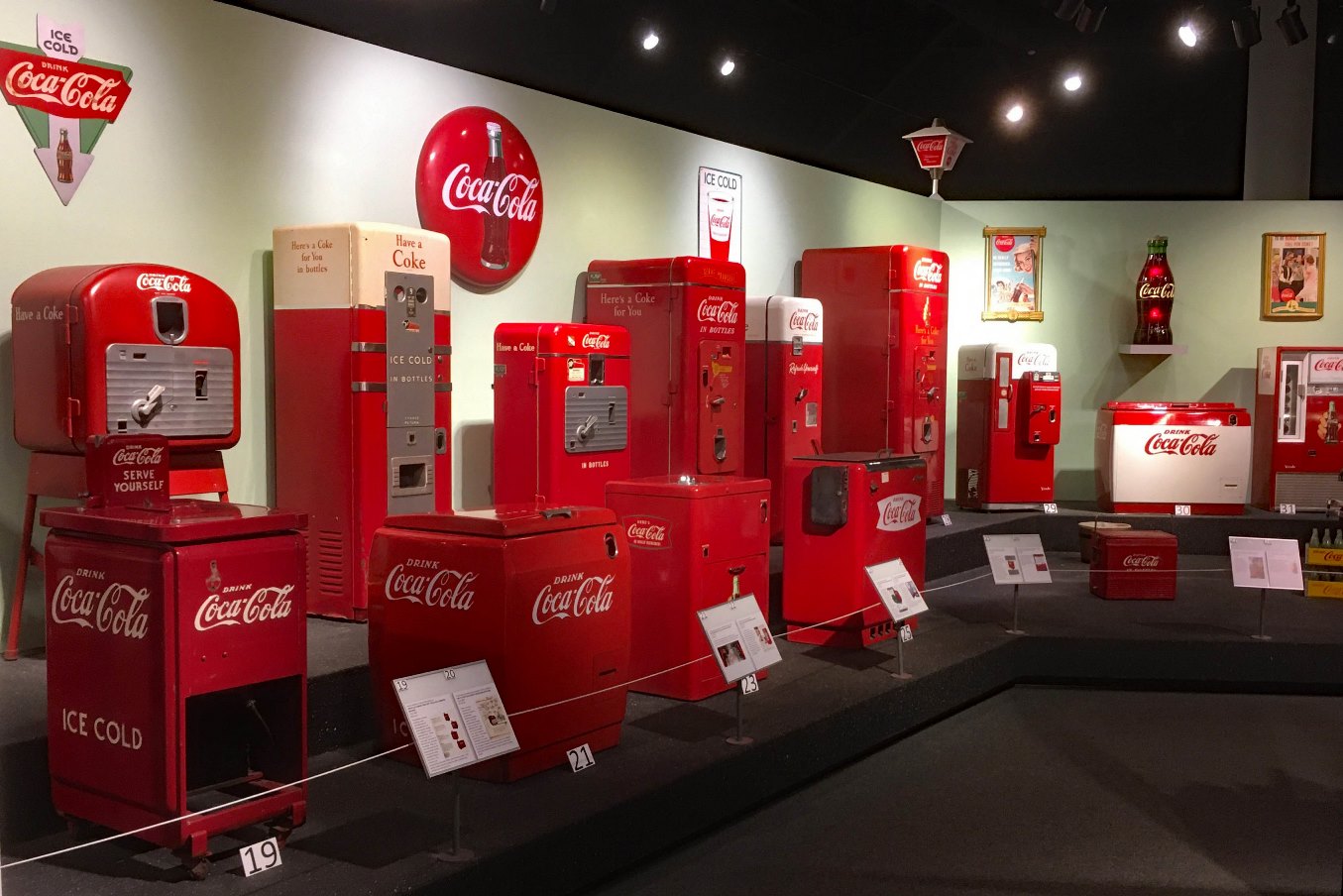
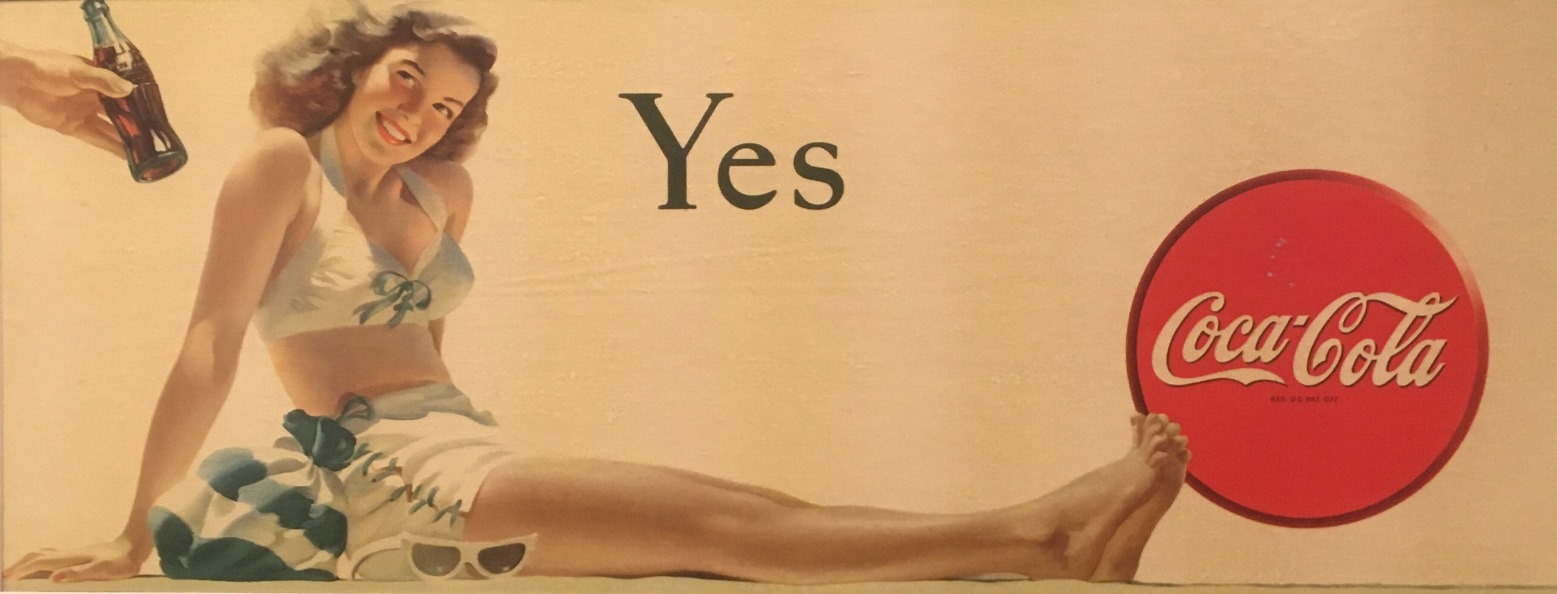



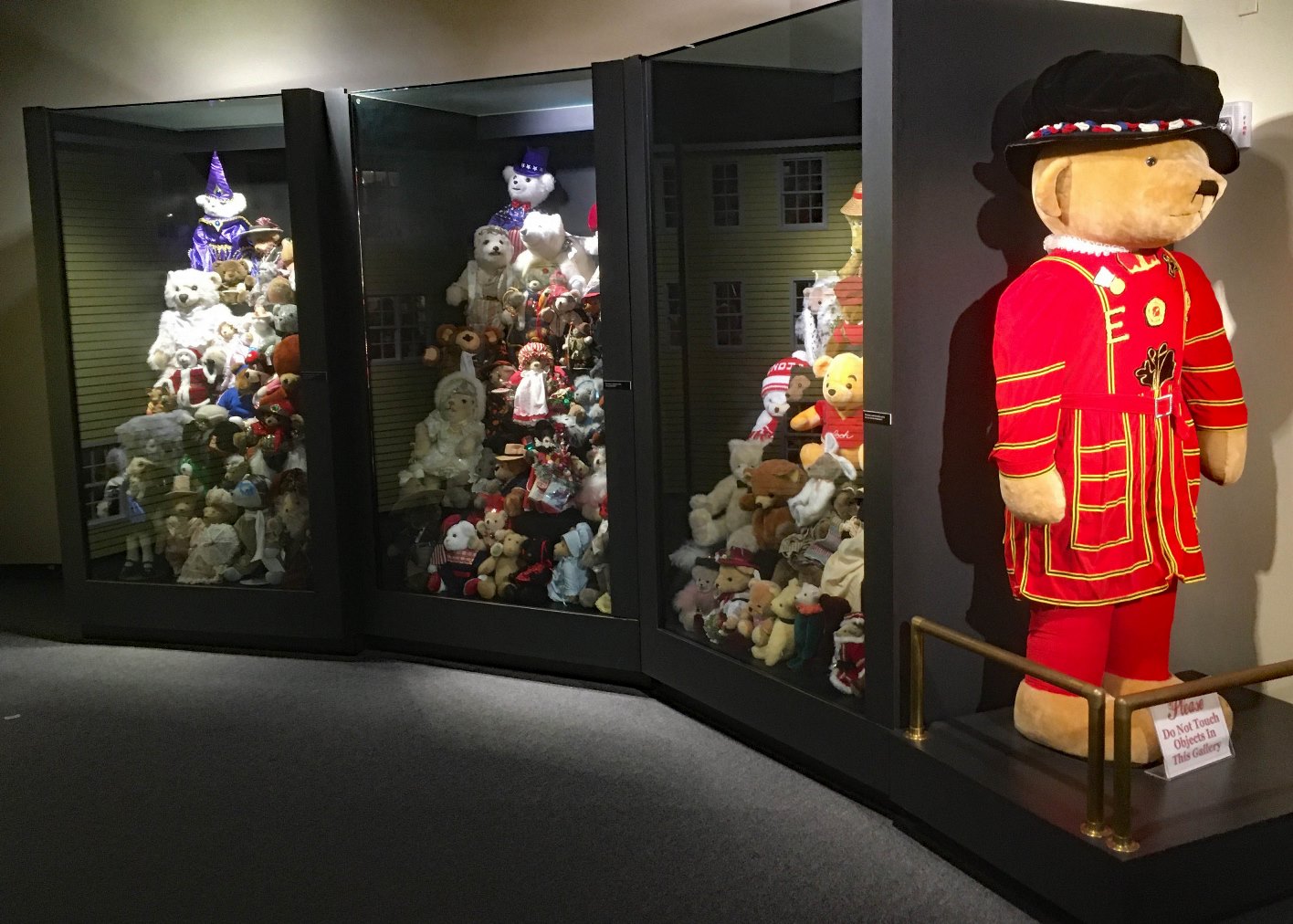


When Sue and I visited on a Saturday morning in March, we had the main museum almost to ourselves and were the only visitors in the Cici and Hyatt Brown Museum of Art, the Florida art gallery. Except for school groups, you don’t have to worry about crowds here. So take a break from the beach and pay a visit. You’re bound to find something fascinating.
The Tallahassee Museum
The Tallahassee Museum was new to us. Located on the southwestern edge of Florida’s capital city, it’s another institution with a somewhat curious name. It’s more a nature park or zoo than what you typically think of as a museum. Most of it is outdoors.
Heading to the right from the entrance building, you encounter some historic structures of Old Florida: a one-room schoolhouse, a Baptist church, a modest plantation house, and a caboose. Beyond that is a nature trail, which leads to the Wildlife Florida Trail, a long, elevated boardwalk that loops past large enclosures housing animals found in northern Florida—wolves, otters, foxes, Florida panthers, cougars, bobcats, black bears, and more. The trail passes through a cypress swamp, where you can spot other uncaged species.
That trail leads you to Jim Gary’s 20th Century Dinosaur Trail for a unique look at everyone’s favorite extinct creatures. Gary created the colorful prehistoric sculptures displayed along the trail from junkyard-salvaged auto parts from 1950s, ’60s, and ’70s cars. You don’t have to be a mechanic to identify many of the “bones” that comprise these photogenic works.
Beyond the dinos are a few small education buildings and galleries, one with more Jim Gary sculptures (giant insects), and finally the Big Bend Farm, where you can visit farm animals and peruse an old-time general store and other buildings. For those who want a more elevated experience, you can “climb, zip, and maneuver” your way along an aerial obstacle course through parts of the park via (for an extra charge) a Tree-to-Tree Adventure.








We spent two enjoyable hours wandering along the museum trails and exploring the historic structures. I liked the Florida Wildlife Trail and the Dinosaur Trail best (the dinosaurs were easier to photograph, but who knew gray foxes rested in trees?). Call it a museum or call it a zoo; either way it was pleasant surprise.
The Museum of Florida History
The Museum of Florida History certainly lives up to its name. This state history museum is all about Florida: the state’s prehistory, first people, European colonization, shipwrecks, role in the Civil War, forestry and agriculture, tourism, contributions to World War II, and more. The museum occupies one floor of a building in downtown Tallahassee. Admission is free, and you can park in the adjacent garage, also free; pick up a token in the museum gift shop.
There’s more here than you can take in on a single visit, so when I visit I spend most of my time in a few areas and breeze through the rest. I love dioramas, and this museum has some impressive ones, both life-size vignettes and exquisitely detailed scale models. The display of citrus packing-house machinery fascinates me. The clever mechanical equipment once sorted piles of oranges by size and deposited them neatly into wooden crates.
I especially like the “Destination Florida” section on Florida’s tourism history. And I like to walk up the stairs into “Grandma’s Attic,” a play area for kids, where I discovered a full set of the Golden Book Encyclopedia, whose colorful volumes I loved to page through as a kid.
The museum’s changing exhibit gallery currently has an exhibition on the transatlantic slave trade. I wish I’d been around to see some previous ones, like Sun, Sand, and Speed: Florida Auto Racing; and Living the Dream: Twentieth Century Florida; and Visions of Florida: Florida in the Popular Imagination. It’s a museum worth revisiting to see what’s new.
The museum has a theater with an introductory film I have yet to watch, and a small gift shop with a good selection of books on everything Florida. Even if your interest in Florida history is only ankle deep, you’re still likely to find something here that will stop you in your tracks and make you linger.
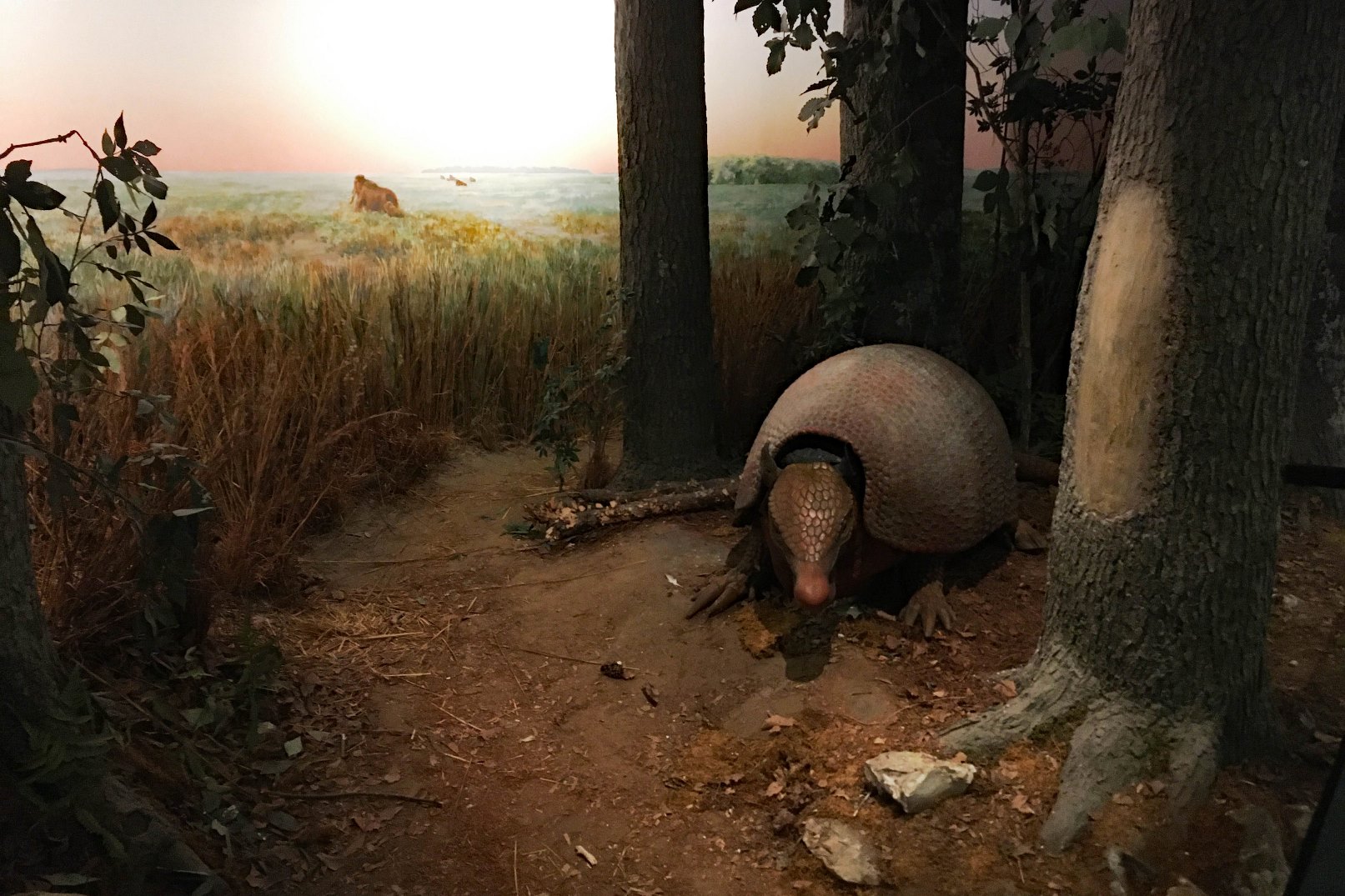

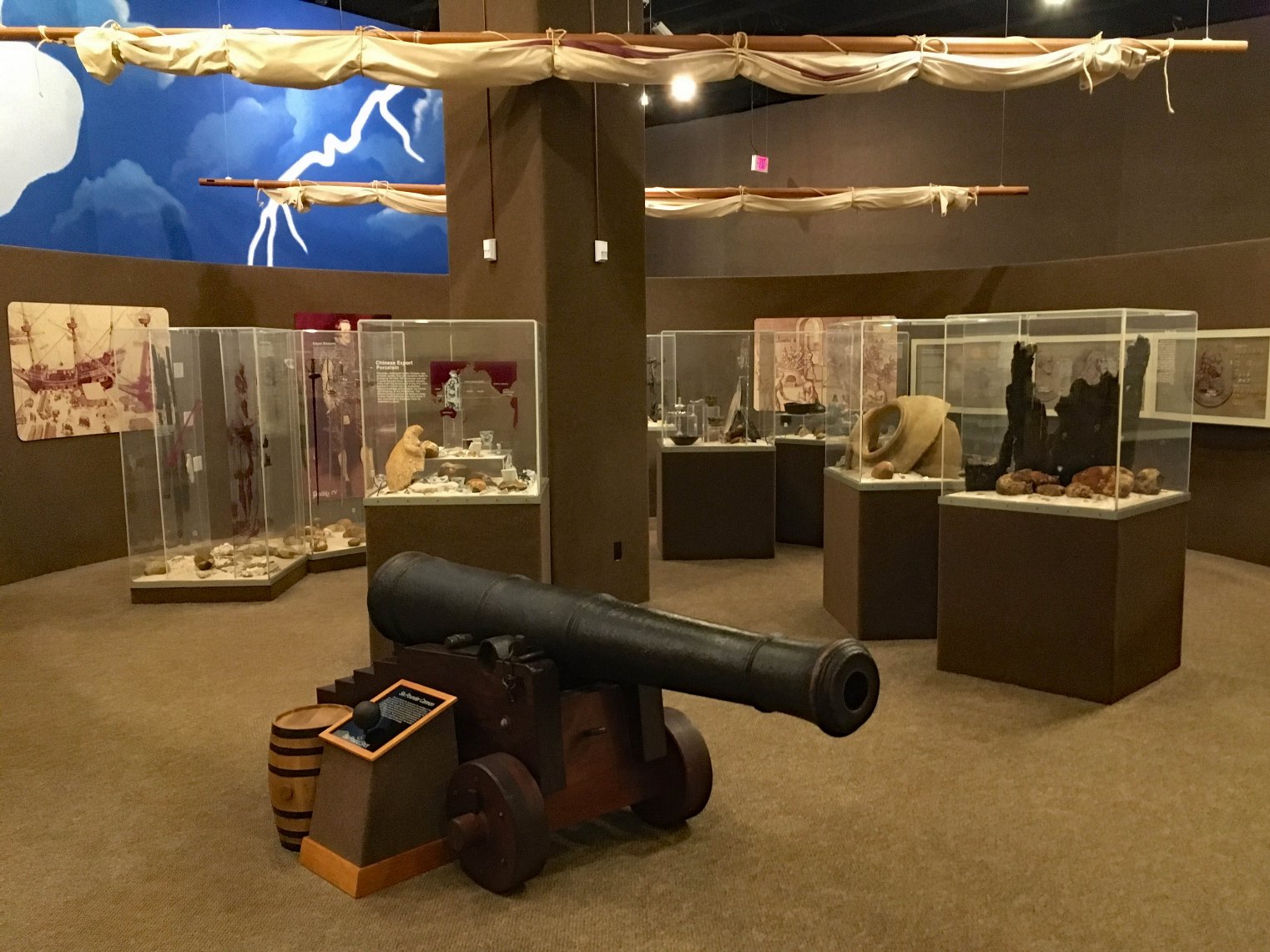



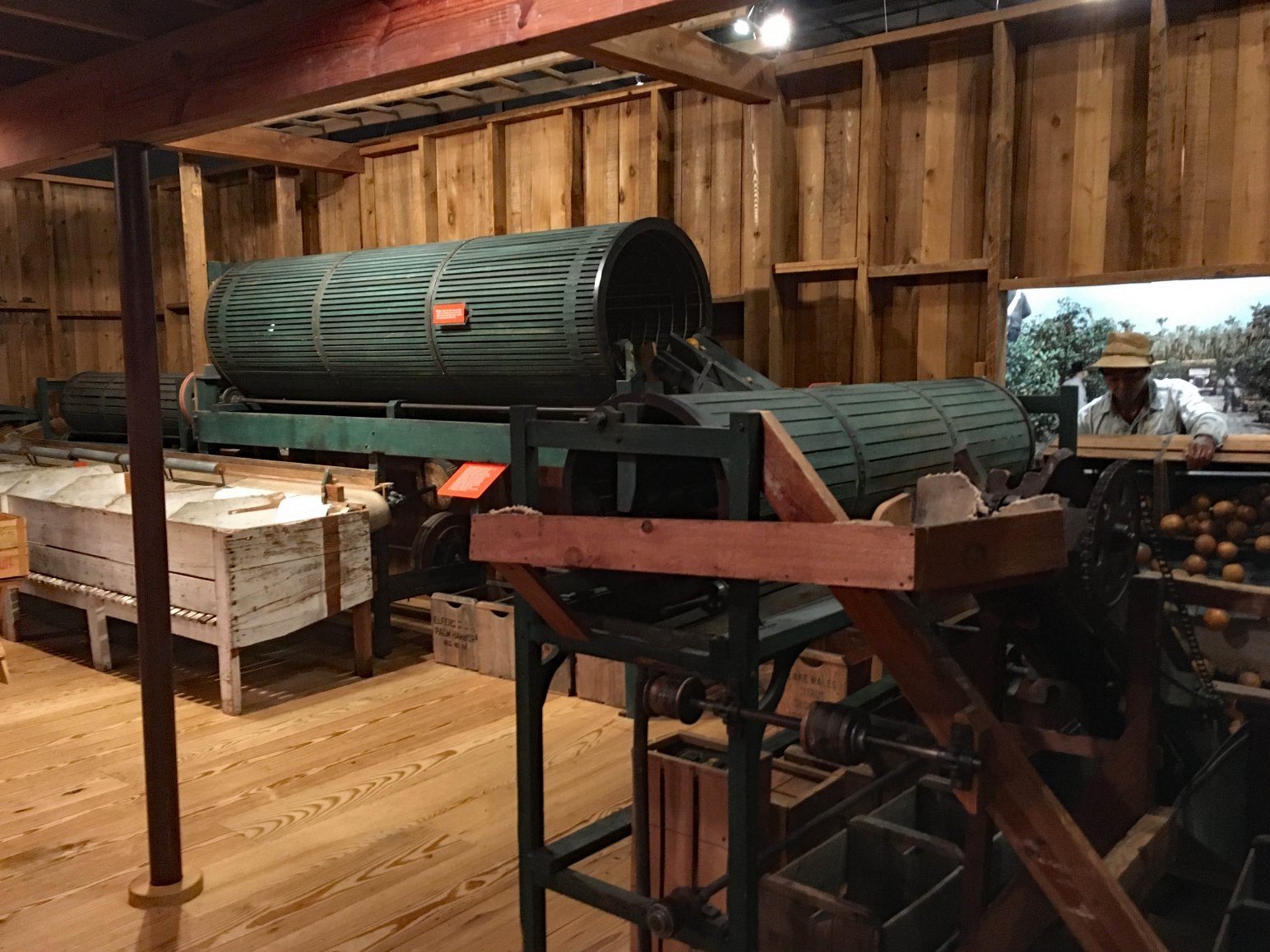




There are many other Florida museums I’d still like to see: the John and Mable Ringling Museum of Art in Sarasota, the Morikami Museum and Japanese Gardens near Delray Beach, and the Henry Morgan Flagler Museum in Palm Beach, to name just three. Good reason to keep coming back, for the sun, the sand, the state parks, the gardens, the bicycling, and, yes, the museums.
David Romanowski, 2022




Sitting at my sister-in-law’s home with the beautiful sunrise just finished, I finally am able to read this delightful, informative and intriguing post, David. I must go see the Tallahassee Museum of Florida History. I will love roaming the exhibits and increasing my Florida all around knowledge.
Thanks for the read.
LikeLike
Thanks, Lea! I think you’d really like the museum.
LikeLike
Hi Dave!
Thanks for the visitations to the museums. Deb and I have been to the Ringling Museum in Sarasota. The best in this museum was the hand made miniature representation of a circus set up for a visiting city along the railroad tracks. The Edison museum was also very well done.
LikeLike
Thanks Fred! I visited the Ford/Edison compound in Fort Myer long ago but don’t remember anything about it. You’ve probably been to the Shelburne Museum in Vermont–it has a miniature circus parade over 500 feet long.
LikeLike